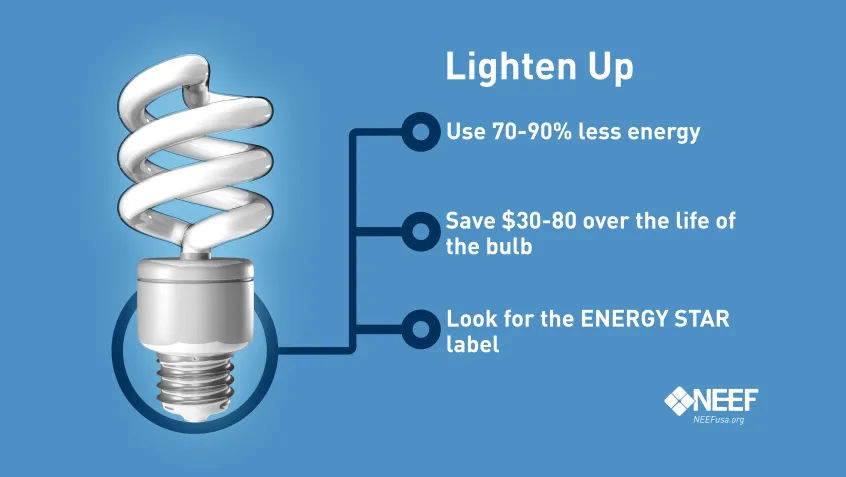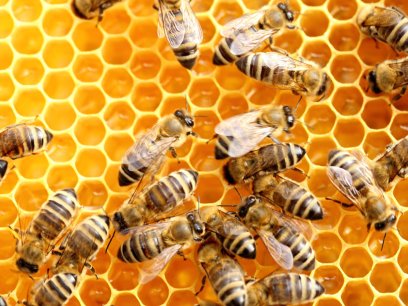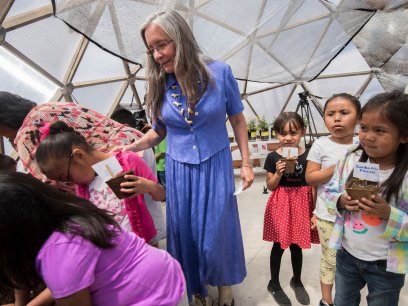
For most of the people living in the United States (excluding many of the US territories, Hawai’i, and residents of Arizona outside of the Navajo Nation), this Sunday marks the end of Daylight Saving Time (DST). You’ve probably heard the mnemonic “spring forward, fall back,” and hopefully you’ll remember to reset your clocks, but do you know why we have this adjusted summer schedule?
What Affects the Number of Hours in a Day?
Due to the tilt in the Earth’s axis, summer days have more hours of sunlight than do the days in winter. As the sun creeps up over the horizon earlier and earlier in the day, we end up with lots of sun in the early morning hours when much of the population is still asleep. The idea of DST is to shift the clocks an hour earlier, so that the extra daylight instead occurs at the end of the day, when people are awake and out and about, avoiding “wasted daylight” in the wee hours of the morning.
Why Do We Have Daylight Savings Time?
In the United States, DST was originally adopted near the end of World War I in an effort to conserve fuel domestically and repurpose these resources for the war effort. By shifting the clocks earlier, people would have daylight to illuminate their after-work activities, reducing the need for electrical lighting and thus decreasing their fuel consumption.
Daylight Saving Time fell out of use after the war, but was again taken up and then subsequently dropped over the course of World War II. It wasn’t until 1966 that DST legislation was passed without being attached to a war, and today we observe this adjusted schedule from the second Sunday in March through the first Sunday in November. Across the world, only parts of Australia and Europe also change the clocks during their summer months, and in Europe this period is called “Summer Time.”
LED me save you money
As we “fall back,” look around your home at your lighting. Daylight Saving Time was designed with the goal of saving energy on illumination, so it’s a good reminder to see if there are ways that your lights can be more energy efficient. Are you using traditional incandescent bulbs around your home? By switching to an ENERGY STAR certified bulb, you could realize energy savings of 70-90%, saving you between $30 and $80 in electricity costs over the bulb’s lifetime. Learn more about energy-efficient lighting and determine what kind of lighting is best for your home.
Sources:
- Alridch, Bob. 2015. “Saving Time, Saving Energy: Daylight Saving Time: Its History and Why We Use It.” California Energy Commission. Accessed October 22. http://energy.ca.gov/daylightsaving.html.
- ENERGY STAR. 2015. “Lighting: ENERGY STAR Tools and Tips for Home Lighting.” Accessed October 22. http://www.energystar.gov/index.cfm?c=lighting.pr_lighting_landing.
- Gharib, Malaka. 2016. "Much of the World Doesn't Do Daylight Saving Time. How Come?" National Public Radio. Accessed October 30, 2017. http://www.npr.org/sections/goatsandsoda/2016/03/12/470088302/much-of-the-world-doesnt-do-daylight-saving-time-how-come
- Kotchen, Matthew J., and Laura E. Grant. 2008. “Does Daylight Saving Time Save Energy? Evidence form a Natural Experiment in Indiana.” NBER Working Paper 14429, National Bureau of Economic Research, Cambridge, MA. http://www.nber.org/papers/w14429.pdf.
- Matulka, Rebecca. 2014. “Top 8 Things You Didn’t Know About Daylight Saving Time.” US Department of Energy. Accessed October 22, 2015. http://energy.gov/articles/top-8-things-you-didn-t-know-about-daylight-saving-time.


